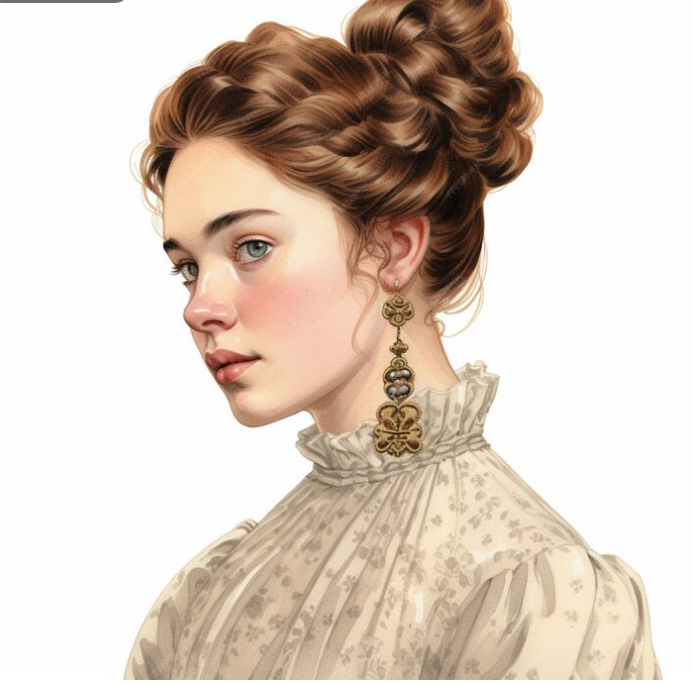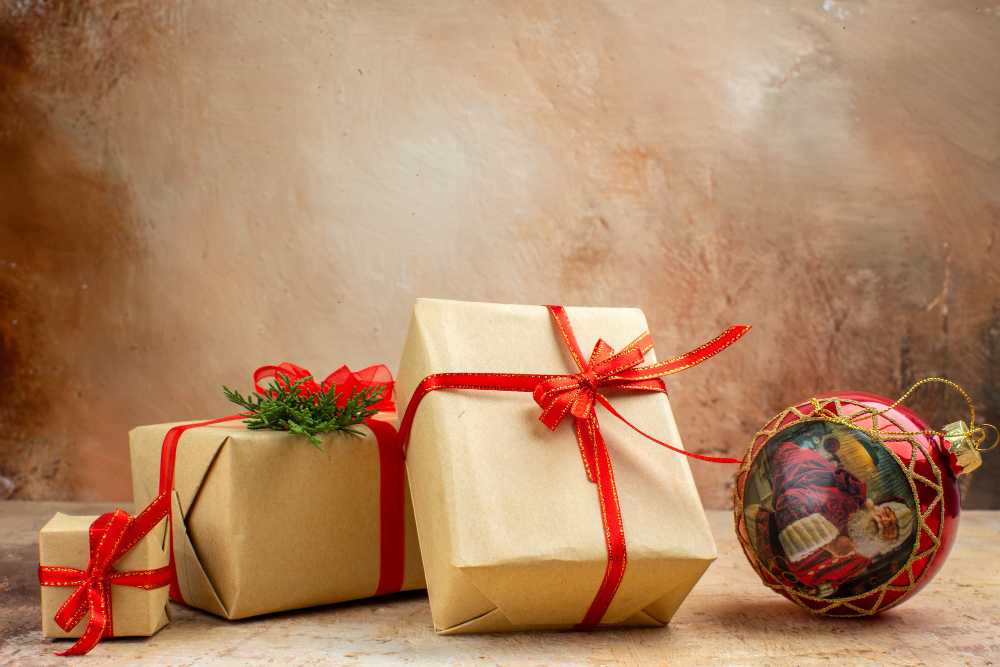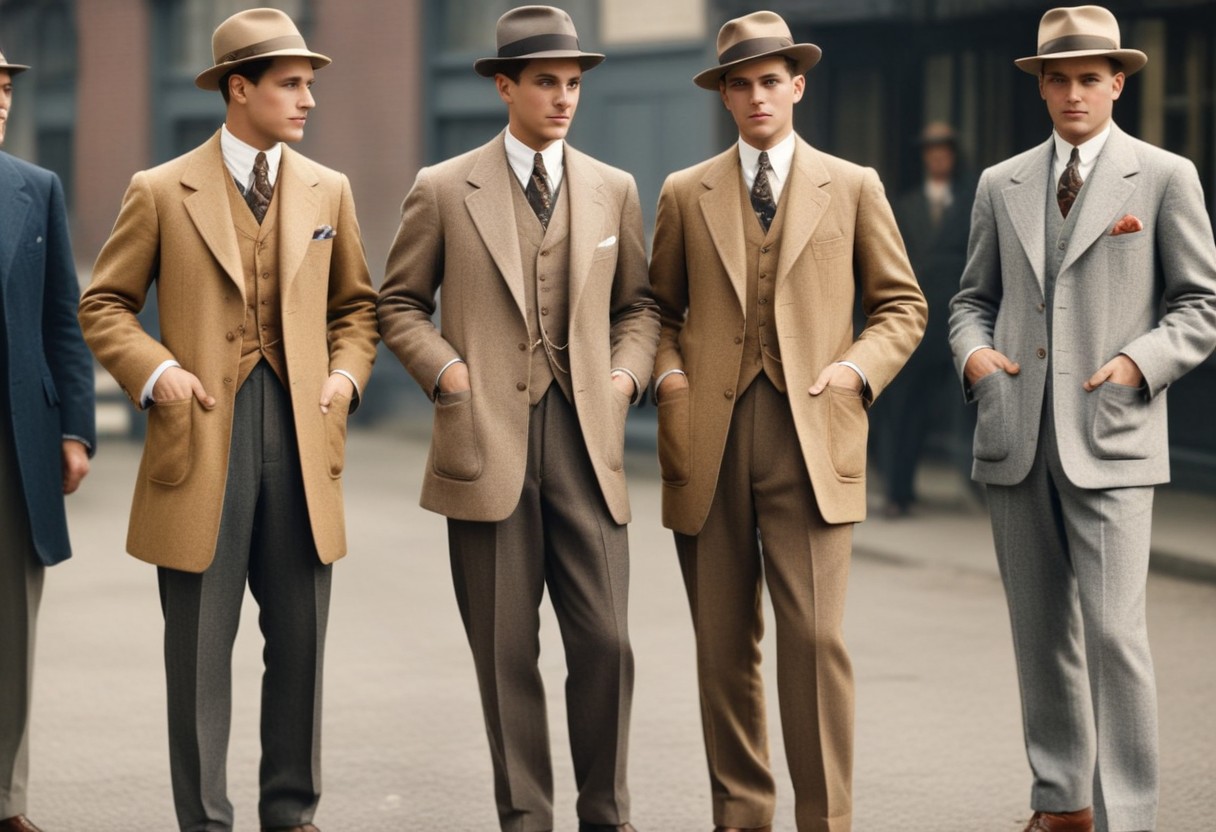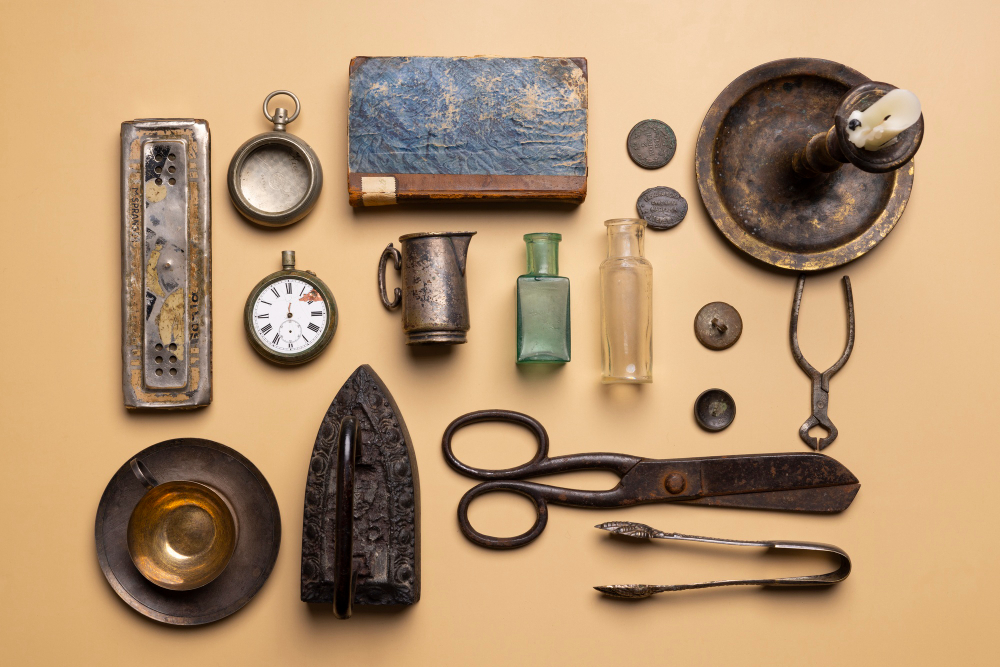For some people, the phrase old fashioned kit can be confusing and mean many things depending on the context. In general, it implies something ancient, reminiscent of, or related to past eras, traditions, antique or historical practices. Following are some of the main types of items that fall under these old-timey kits:
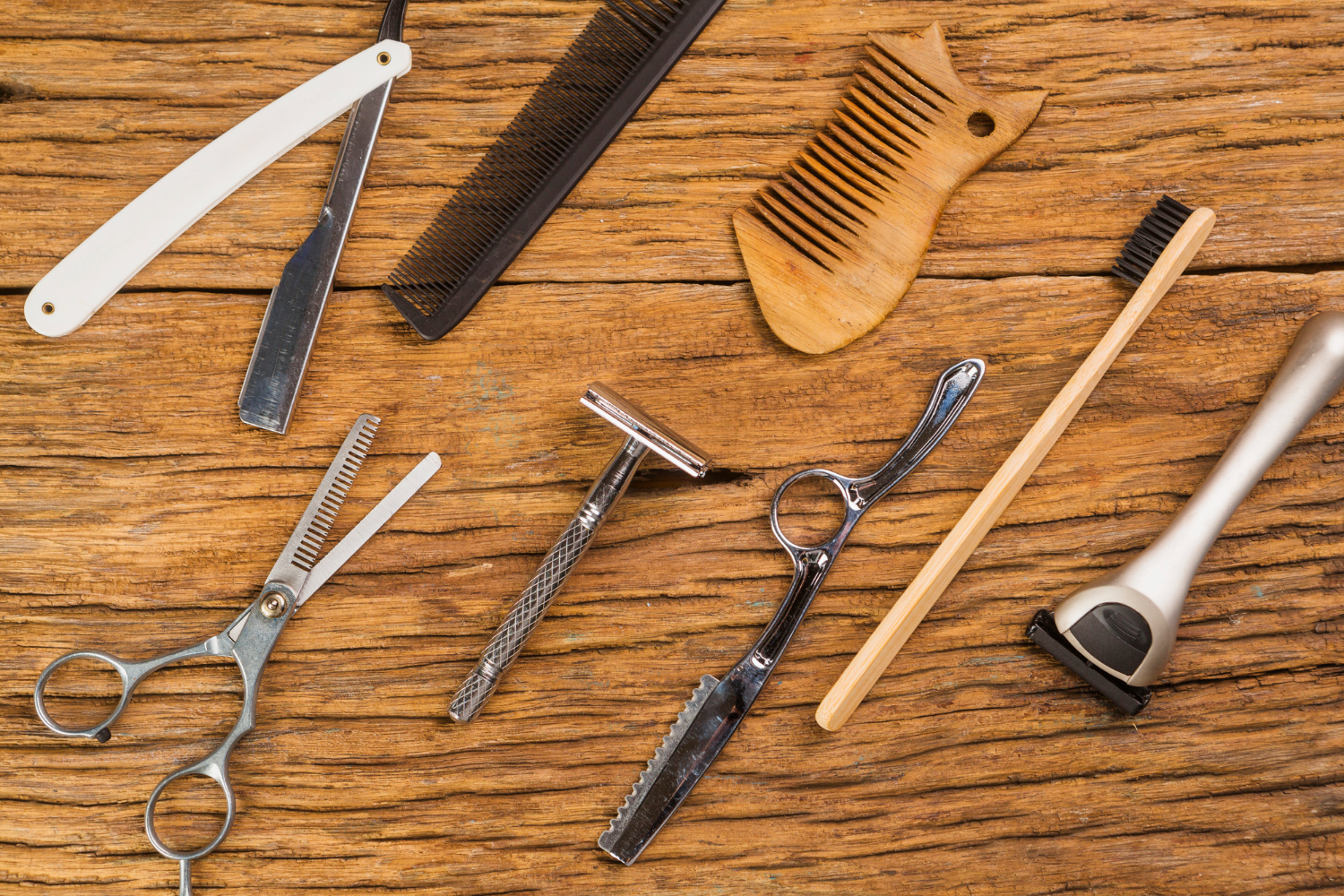
Barber Kits:
Old-fashioned barber kits often include a variety of traditional grooming tools and supplies from the days before contemporary electric clippers and disposable razors were invented. These kits are popular among barbers who specialize in classic barbering styling techniques, as well as people who like the ritual and precision of traditional grooming practices.
This old fashioned kit is designed for those who value the quality and timeless charm of classic grooming tools and techniques, and they include everything needed for a conventional barbershop experience. Here are some common items you could find in an old-fashioned barber kit:
- Straight Razor A high-quality straight razor constructed of stainless or carbon steel, used for close shaving. Some kits may contain numerous razor blades or a strop for sharpening.
- Barber Scissors: They are sharp, professional-grade scissors used for clipping hair and beards.
- Shaving Brush: A soft-bristled brush, usually made of boar or badger hair, used to apply shaving cream or soap to the face to provide a flawless shave.
- Barber Comb: A heavy-duty, anti-static comb for detangling and styling hair.
- Shaving Cream or Soap: A high-quality shaving cream or soap, particularly in a classic composition that creates a thick lather when blended with water.
- Hair Clippers: Manual hair clippers with adjustable blades for trimming and shaping the hair.
- Shaving Mug or Bowl: A ceramic or metal mug or bowl that holds shaving cream or soap when lathering.
- Neck Duster: A soft brush for removing loose hair from the neck and face following a haircut.
- Barber Apron: A protective apron worn by customers during haircuts to prevent hair from getting on their clothes.
- Styling products: These include traditional pomades, hair tonics, and styling gels that shape and hold hair in place.
- Talcum powder: It is a finely powdered talc that is used to soothe and freshen the skin after shaving.
- Alum Block: A natural mineral block that acts as an astringent to relieve skin irritation and razor burn after shaving.
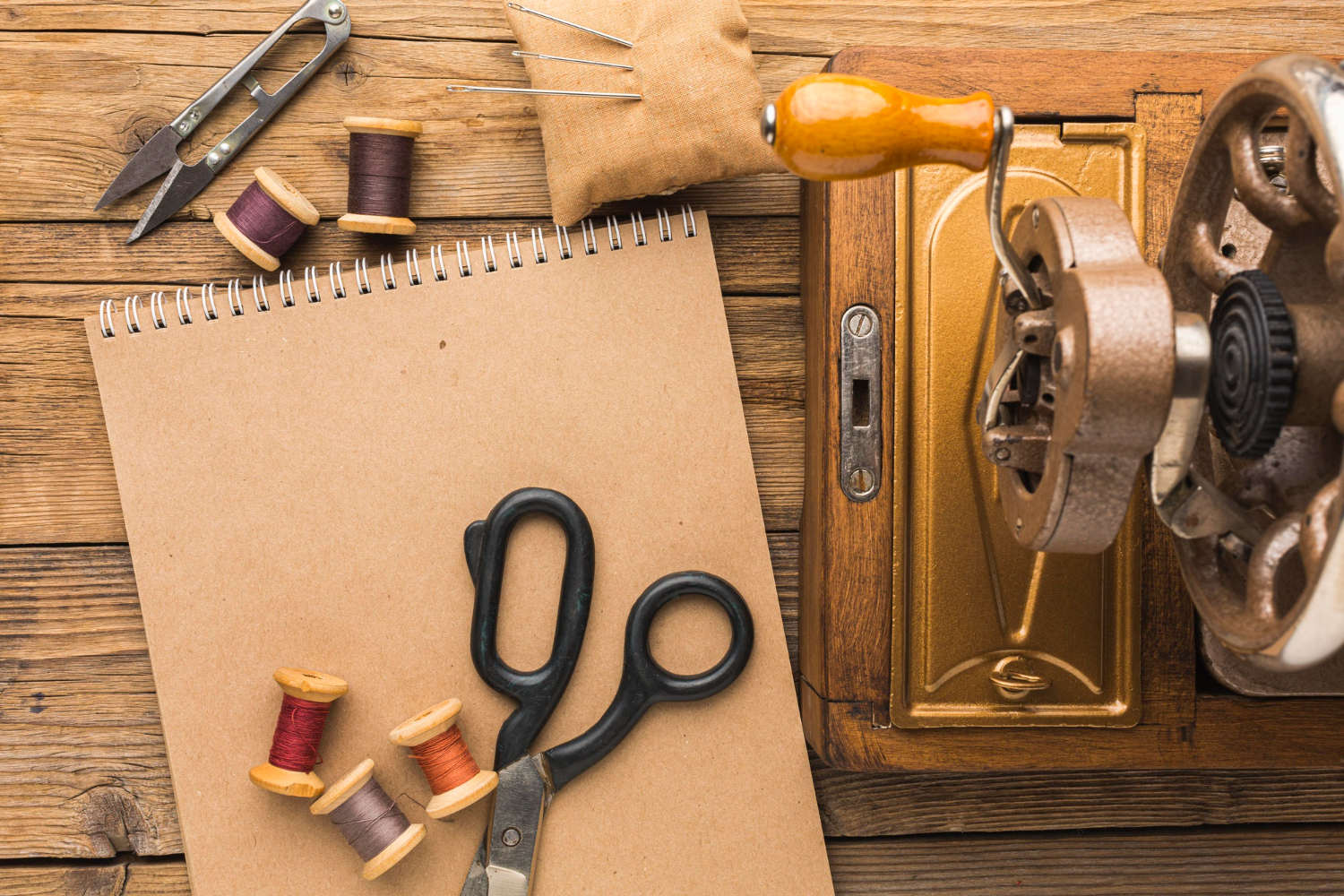

Sewing Kits ( Old Fashioned Kit):
Old-fashioned sewing kits often include basic tools and supplies for hand-sewing activities, evoking ancient sewing methods before the widespread adoption of sewing machines. This old fashioned kit is often compact and portable, fitting into a purse, backpack, or travel bag, and is great for basic sewing tasks, repairs, and small projects, providing convenience and adaptability to anybody who is fond of hand-sewing. These kits may contain the following common items:
- Needles: This includes assorted needles of various sizes for different fabrics and needlework.
- Thread: Spools of thread in a variety of colors, usually made of cotton or polyester, and excellent for hand sewing tasks.
- Pins: Straight pins with colorful heads are used to temporarily hold fabric pieces together before sewing.
- Scissors: These include small-sized, sharp scissors to cut thread and fabric.
- Thimble: A metal or plastic thimble that protects the finger when pressing needles through stiff cloth.
- Buttons: A variety of sizes, colors, and styles for replacing missing buttons or adding ornamental touches to clothes.
- Safety Pins are useful for interim fixes and rapid restorations.
- Measuring Tape: A flexible tape used for taking body measures or measuring fabric.
- Pin Cushion: A little cushion or receptacle that holds pins and needles.
- Seam Ripper: A tiny, sharp-pointed tool used to remove stitches and seams.
- Threading Tools: Depending on the kit, this may include needle threaders or thread-strengthening wax.
- Case: A container or case for keeping all of your sewing supplies properly arranged and portable.


Cooking Kits:
Old-fashioned cooking kits often include essential tools, ingredients, and instruction manuals that evoke traditional culinary procedures and cooking practices from old times. These old fashioned kit encourage creativity and a deeper relationship with food by giving the equipment and ingredients needed to recreate ancient recipes and cooking methods in the modern kitchen. This old fashioned kit may contain the following common items:
- Cast Iron Skillet: A long-lasting and versatile skillet constructed of cast iron, perfect for frying, sautéing, baking, and even grilling.
- Wooden Utensils: Traditional wooden utensils like spoons, spatulas, and stirring paddles are great for stirring, flipping, and serving meals.
- Mason Jars: These versatile glass jars are used to store homemade sauces, jams, pickles, and other preserved foods.
- Vintage Cookbook: A cookbook with traditional recipes and cooking methods passed down through generations, providing insight into past culinary habits and practices.
- Herbs & Spices: A collection of high-quality herbs, spices, and seasonings often used in traditional cooking, including thyme, rosemary, cinnamon, and nutmeg.
- Apron: A sturdy and fashionable apron used to protect garments from spills and stains when cooking or baking.
- Baking stone: It is a thick, porous stone slab used to bake bread, pizza, and other baked goods, providing even heat distribution and crispy crusts.
- Canning Kit: It includes supplies for home canning and preserving fruits, vegetables, and other foods, such as canning jars, lids, bands, and a water bath canner.
- Pastry Cutter: A portable tool with sharp blades used to cut butter or shorten it into flour when preparing pastry dough.
- Recipe Cards: These beautifully designed recipe cards feature classic recipes for soups, stews, roasts, pies, and other hearty dishes, and are ideal for keeping track of family favorites.
- Flour sack towels: These cotton towels are soft and absorbent, making them great for covering dough as it rises or drying dishes and hands in the kitchen.
- Cooking thermometer: This is used for measuring the temperature of meat, poultry, and baked items to guarantee they are cooked to perfection.
How Fashion and Design Schools in Uganda Are Evolving?
Presently, several factors have majorly contributed to Uganda’s’ increased interest in fashion and design education. Let’s throw some light on some of the following important factors.
Increasing demand for qualified professionals: With the expansion of the fashion business in Uganda and throughout Africa, there is an increased demand for experienced designers, stylists, and fashion entrepreneurs. This demand has resulted in an increase in enrollment in fashion and design programs.
Globalization and digitalization: Ugandan fashion schools are responding to global trends by incorporating digital tools and technologies into their courses. This includes teaching students about computer-aided design (CAD) tools, digital marketing, and e-commerce platforms to prepare them for the modern fashion industry.


Herbal Remedy Kits:
Old-fashioned herbal remedy kits (also known as traditional herbal medicine kits) include ingredients, supplies, and tools that are reminiscent of historical or traditional herbalist and natural healing methods. This old fashioned kit makes a beautiful attempt to reconnect people with traditional healing and enable them to take a more active part in their health by using natural, plant-based medicines. These kits are intended for people who want to learn more about how herbs and botanicals can benefit their health and wellness. These kits may contain the following common items:
- Dried Herbs: A collection of dried herbs and botanicals having therapeutic properties, including popular herbs used in traditional medicine like chamomile, peppermint, calendula, and valerian root.
- Mortar and Pestle: A mortar and pestle made of stone, wood, or ceramic are used to ground herbs and blend substances to make herbal treatments including powders, teas, and salves.
- Ointment Components: Natural components like beeswax, coconut oil, and shea butter that are used as a base to make herbal salves, balms, or ointments for topical use.
- Pure Essential Oils: Produced from aromatic herbs are used in aromatherapy, massage, and topical applications to promote health and well-being.
- Herbal Infusion Bags: Use muslin bags or reusable tea filters to steep herbs in hot water to make herbal teas or infusions.
- Tincture Bottles: Glass bottles or jars used for storing handmade herbal tinctures, which are concentrated liquid extracts created by soaking herbs in alcohol or glycerin.
- Recipe Cards: It contains recipes and instructions for creating herbal treatments such as teas, tinctures, salves, and poultices.
- Herbal reference books and manuals: These provide information on the applications, properties, and preparations of numerous plants, as well as historical or cultural perspectives on traditional herbal therapy.
- Labeling Supplies: Use labels, markers, and tags to label handmade herbal remedies with ingredients, dosage directions, and expiration dates.
- Storage Containers: Glass jars, bottles, and containers used to keep dry herbs, herbal remedies, and other materials airtight and light-resistant to maintain their efficacy.
- Herbal First Aid Supplies: Basic first-aid supplies that contain herbs or essential oils, such as herbal wound salves, insect repellents, and soothing balms for minor injuries and skin irritations.
- Herbal Compress Materials: Cotton cloths or muslin squares are natural materials used to make herbal compresses, which are used externally to treat pain or inflammation.

